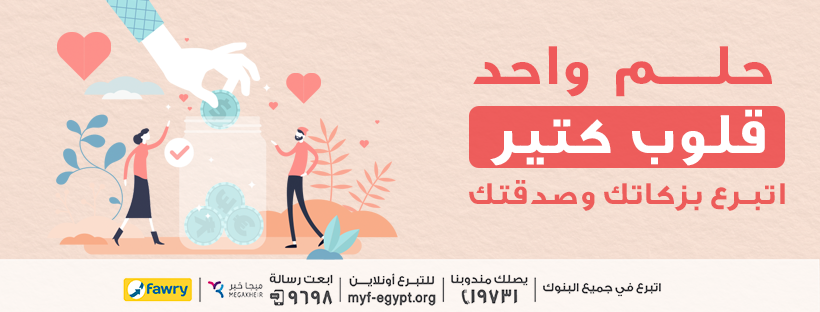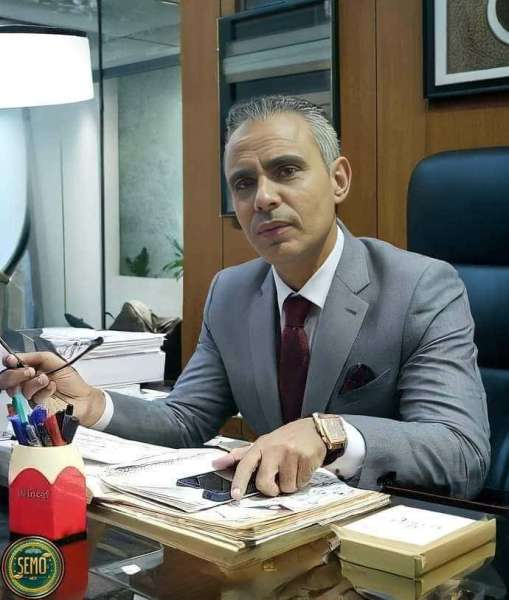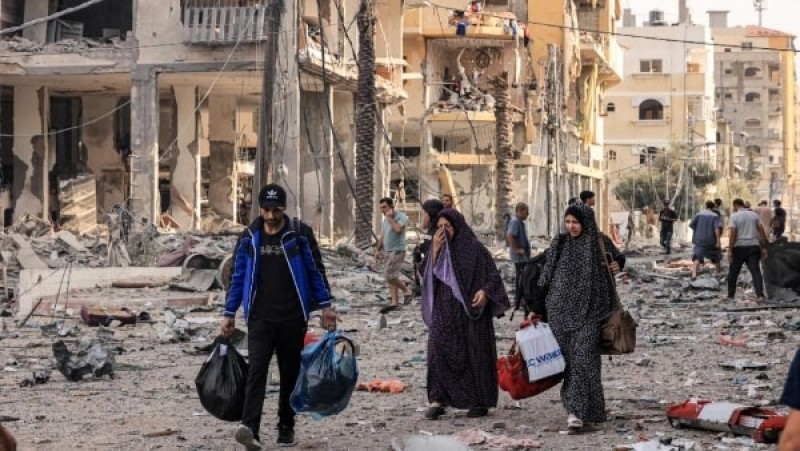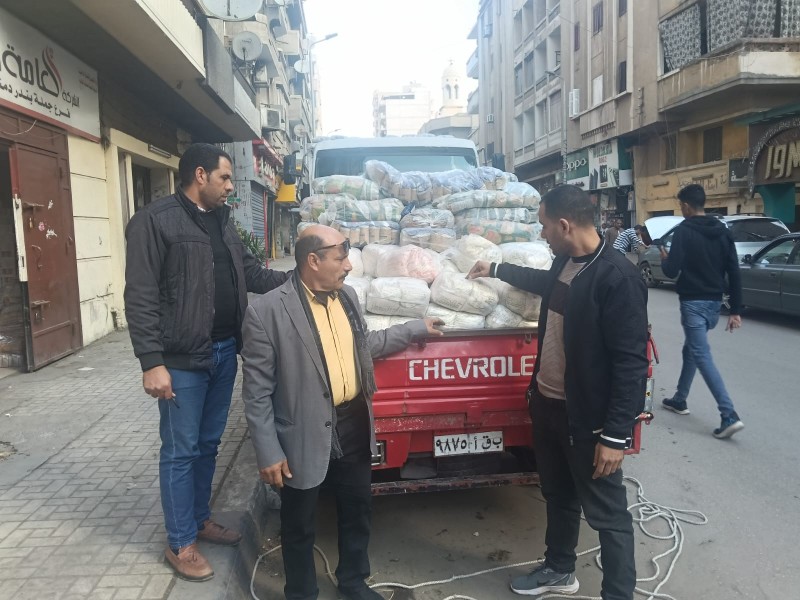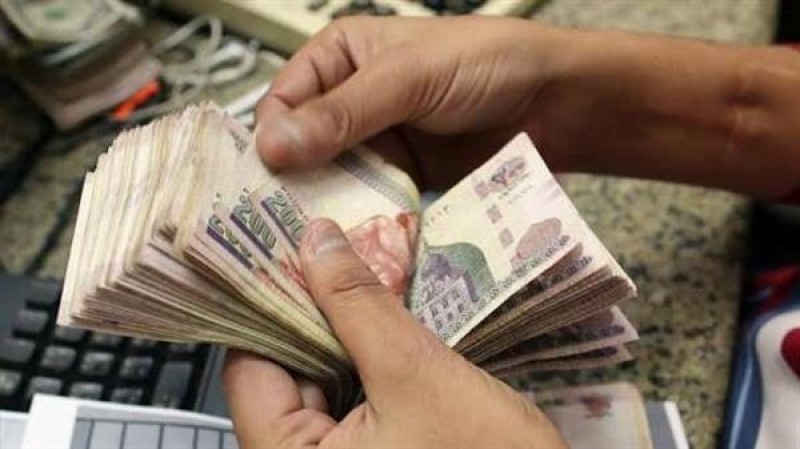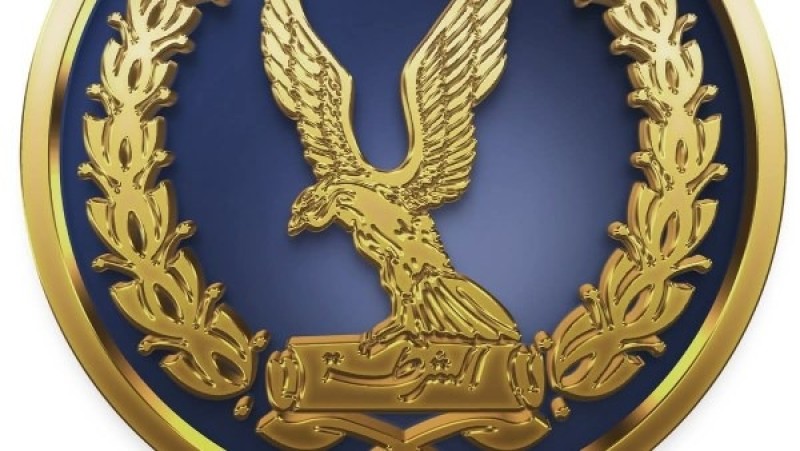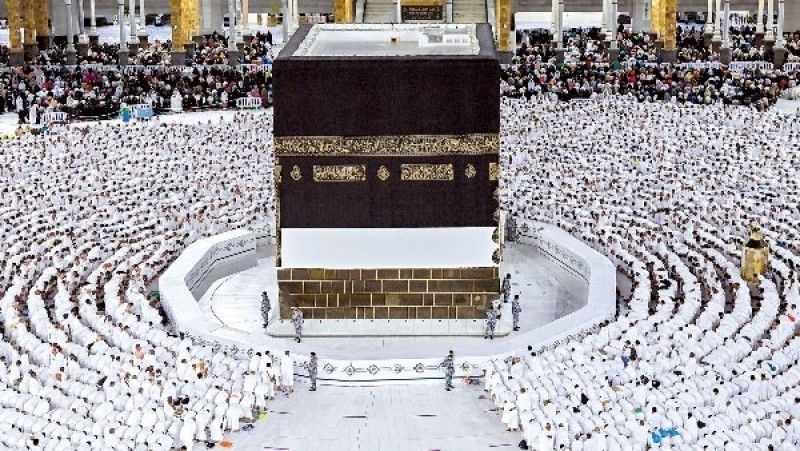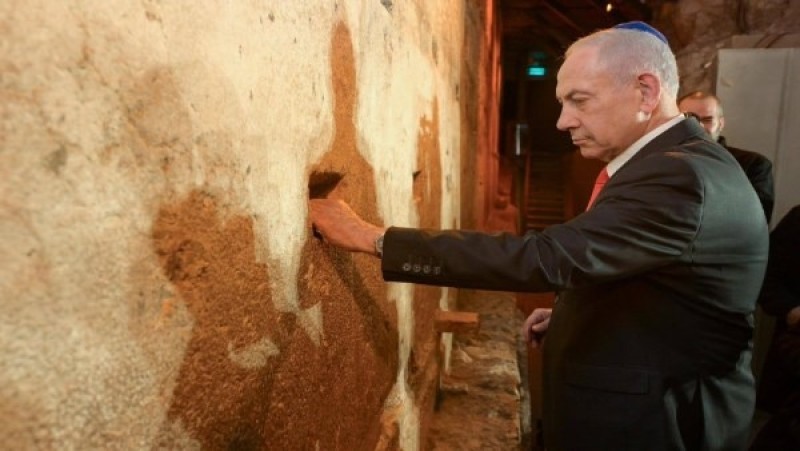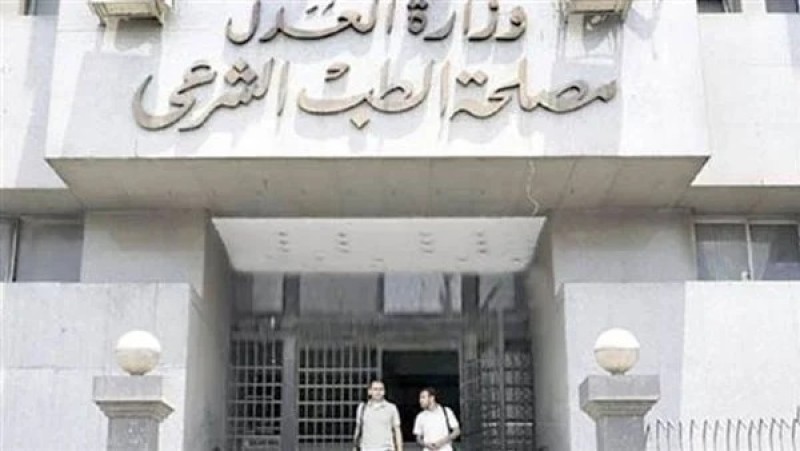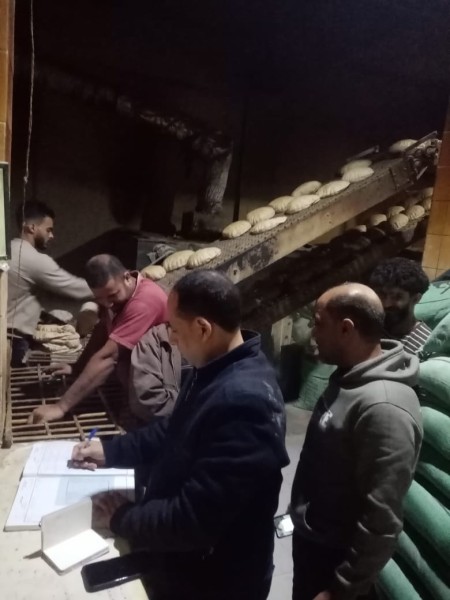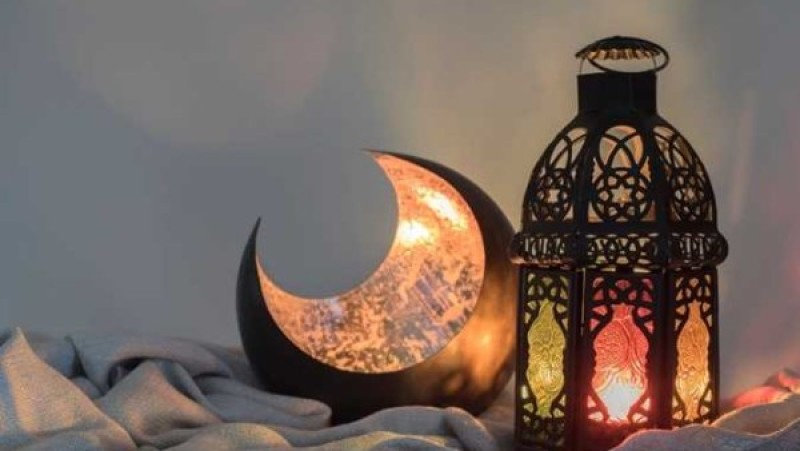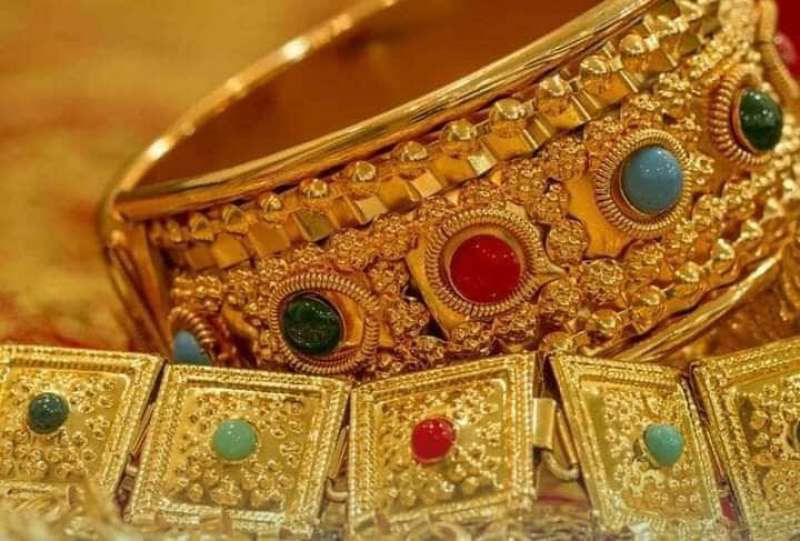Al-Kharunfash Street .. Here the house of the Kaaba meets the Coptic era
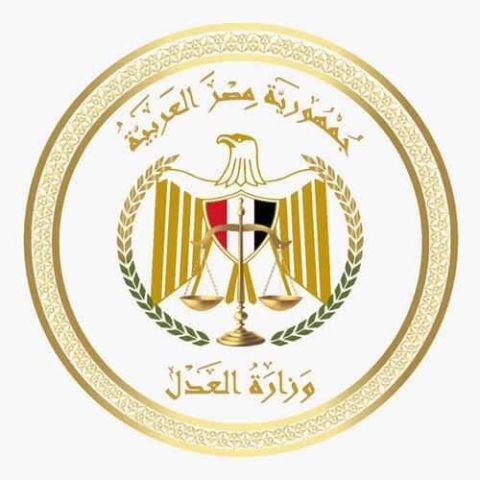
Cairo carries hundreds of streets that built history and witnessed it, so I cite them in his riddles about the capital of the Mother of the World, Egypt, the Guardian, from these streets, Al-Kharunfash Street.
It is one of the streets branching from Al-Muizz Li Din Allah Street, and the most important artery of Fatimid Cairo, where it was a square full of caliphs, princes and ministers, and a point that must be crossed to start celebrations in the Fatimid era.
Al-Khurunfash: A distortion of the word al-Khranashf, which means either a small field and a stable for the horses of the Fatimid caliphs that were in that region, or the material that fossilized from the fuel of the old baths and was used with lime mone for construction, and the street is called this name due to the use of this material by the Al-Khaleefah, the Fatimid Caliph, in building stables The background is next to the western palace that crowned that region, and this name also became established after it was launched on the house of Emir Saif al-Din Abu Said Khalil, one of the Mamluk princes and the deputy of Sultan Muhammad bin Qalawun over Damascus, that house that al-Maqrizi described saying: “It is the most important and greatest role of Cairo, and was spent in Its decoration is seventeen thousand dirhams.
The most important features of this street are the house of the Kaaba, the school of Saint Joseph or "Frere", and the silver and copper crafts workshops. The street was also distinguished by the residence of President Gamal Abdel Nasser in it with his father in 1933 AD when his father was the superintendent of the post office of the Al-Kharnafesh neighborhood, and the Khamis Adas neighborhood is the most important neighborhood. Which branch off the street and its name is due to “Maundy Thursday,” which is one of the Christian feasts in which they cook lentils. The Fatimids used to join their Coptic flocks in celebrating this holiday, and they made gold souvenir coins known as “Kharrib” that were distributed to statesmen
Omar Najdi Museum .. Here is the art that dazzled the world .





